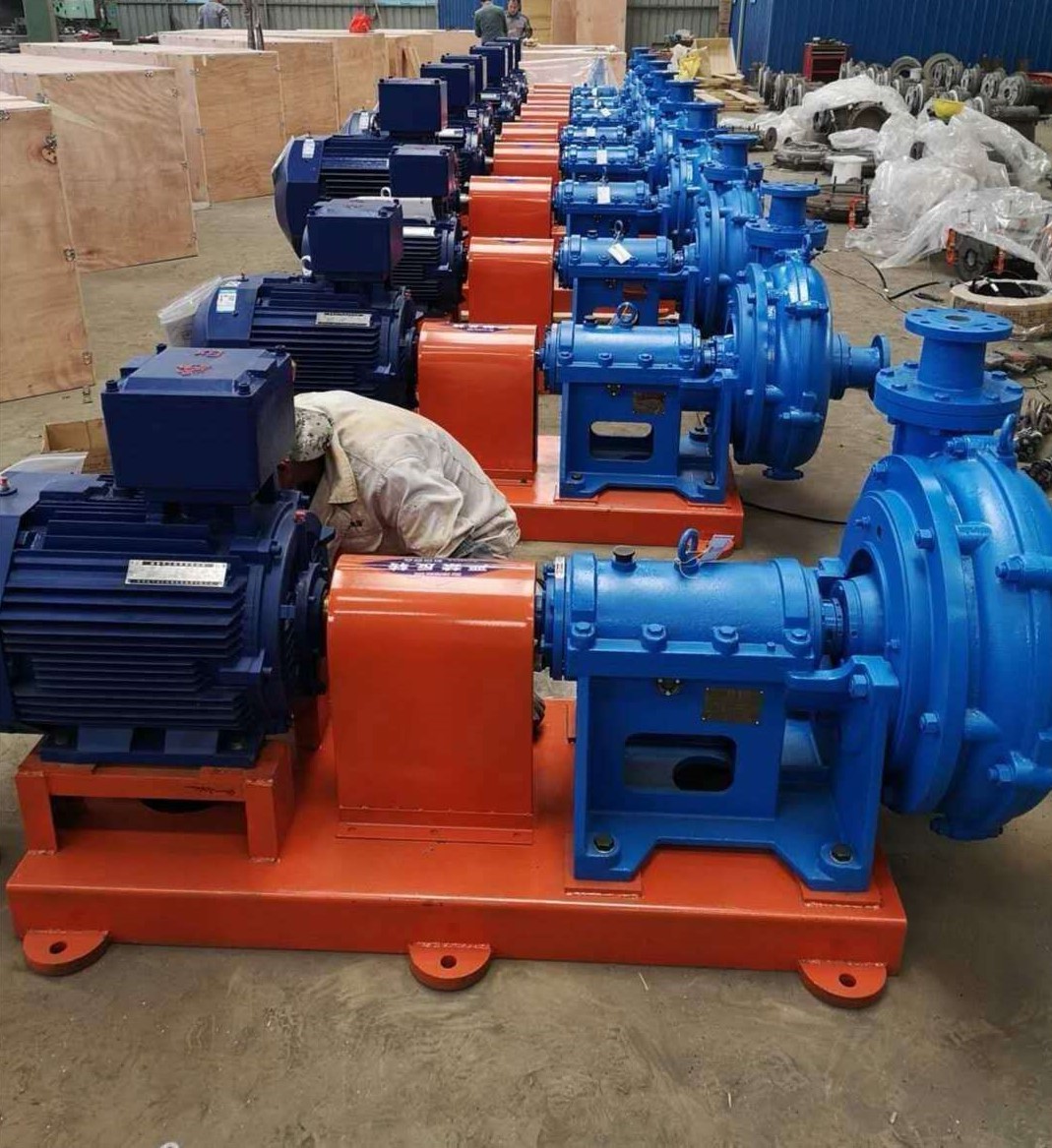English
- Afrikaans
- Albanian
- Amharic
- Arabic
- Armenian
- Azerbaijani
- Basque
- Belarusian
- Bengali
- Bosnian
- Bulgarian
- Catalan
- Cebuano
- Corsican
- Croatian
- Czech
- Danish
- Dutch
- English
- Esperanto
- Estonian
- Finnish
- French
- Frisian
- Galician
- Georgian
- German
- Greek
- Gujarati
- Haitian Creole
- hausa
- hawaiian
- Hebrew
- Hindi
- Miao
- Hungarian
- Icelandic
- igbo
- Indonesian
- irish
- Italian
- Japanese
- Javanese
- Kannada
- kazakh
- Khmer
- Rwandese
- Korean
- Kurdish
- Kyrgyz
- Lao
- Latin
- Latvian
- Lithuanian
- Luxembourgish
- Macedonian
- Malgashi
- Malay
- Malayalam
- Maltese
- Maori
- Marathi
- Mongolian
- Myanmar
- Nepali
- Norwegian
- Norwegian
- Occitan
- Pashto
- Persian
- Polish
- Portuguese
- Punjabi
- Romanian
- Russian
- Samoan
- Scottish Gaelic
- Serbian
- Sesotho
- Shona
- Sindhi
- Sinhala
- Slovak
- Slovenian
- Somali
- Spanish
- Sundanese
- Swahili
- Swedish
- Tagalog
- Tajik
- Tamil
- Tatar
- Telugu
- Thai
- Turkish
- Turkmen
- Ukrainian
- Urdu
- Uighur
- Uzbek
- Vietnamese
- Welsh
- Bantu
- Yiddish
- Yoruba
- Zulu
Telephone: +86 13120555503
Email: frank@cypump.com
Oct . 02, 2024 11:37 Back to list
sumergible pump
Understanding Submersible Pumps An Essential Component in Modern Water Management
Submersible pumps are specialized devices designed to function underwater, primarily used for extracting fluids from deep wells, reservoirs, and other submerged locations. These pumps have gained significant prominence in various applications, including municipal water supplies, irrigation systems, and industrial processes. The design and operation of submersible pumps play a crucial role in ensuring the efficient movement of water and other liquids, making them an essential component in modern water management systems.
How Submersible Pumps Work
Submersible pumps work by converting rotational energy into kinetic energy, which helps in moving fluids. They consist of a motor that is sealed and placed underwater, along with an impeller that drives the fluid upwards through a discharge pipe. One of the key features of submersible pumps is their ability to operate while fully submerged, which offers several advantages over traditional pumps.
Since the motor is located below the water surface, submersible pumps can create a high pressure, allowing for the lifting of water from great depths. The design not only prevents water from contaminating the motor but also reduces the risk of cavitation, making these pumps efficient and reliable.
Applications of Submersible Pumps
Submersible pumps are utilized in various sectors due to their versatility. In residential applications, they are commonly found in systems related to groundwater extraction or sewage handling. Farmers rely on submersible pumps for irrigation, drawing water from deep aquifers to maintain crops.
sumergible pump

In industrial contexts, these pumps handle various fluids, including wastewater and chemicals, ensuring that facilities can operate smoothly without worrying about water management issues. Additionally, submersible pumps play a significant role in dewatering processes at construction sites and mining operations, where water accumulation can pose serious operational challenges.
Benefits of Using Submersible Pumps
One of the primary benefits of submersible pumps is their energy efficiency. Because these pumps operate at lower energy costs compared to surface pumps, they are an economical choice for long-term applications. Their design also minimizes maintenance demands, as the motor is protected from wear and tear by being housed underwater.
Moreover, submersible pumps contribute significantly to environmental sustainability. Efficient water management reduces the risk of water wastage and ensures that resources are used effectively. By employing these pumps, industries can adhere to environmental regulations while achieving operational efficiency.
Conclusion
In conclusion, submersible pumps are a vital technology in our efforts to manage water resources effectively. Their innovative design and numerous applications make them indispensable in various fields, from agriculture to industrial processes. As the demand for effective water management solutions continues to grow, the role of submersible pumps will undoubtedly become even more critical in future developments in water technology. As we move towards a more sustainable future, investing in efficient water management systems, including submersible pumps, will be necessary to ensure clean and accessible water for all.
-
ISG Series Vertical Pipeline Pump - Chi Yuan Pumps Co., LTD.|Advanced Hydraulic Design&Energy-Efficient Solutions
NewsJul.30,2025
-
ISG Series Vertical Pipeline Pump - Chi Yuan Pumps Co., LTD.
NewsJul.30,2025
-
ISG Series Vertical Pipeline Pump - Chi Yuan Pumps Co., LTD.|energy-efficient fluid handling&industrial durability
NewsJul.30,2025
-
ISG Series Vertical Pipeline Pump - Chi Yuan Pumps | Advanced Engineering&Industrial Efficiency
NewsJul.30,2025
-
ISG Series Pipeline Pump - Chi Yuan Pumps | High Efficiency, Energy Saving
NewsJul.30,2025
-
ISG Series Vertical Pipeline Pump-Chi Yuan Pumps|High Efficiency&Reliable Performance
NewsJul.29,2025










